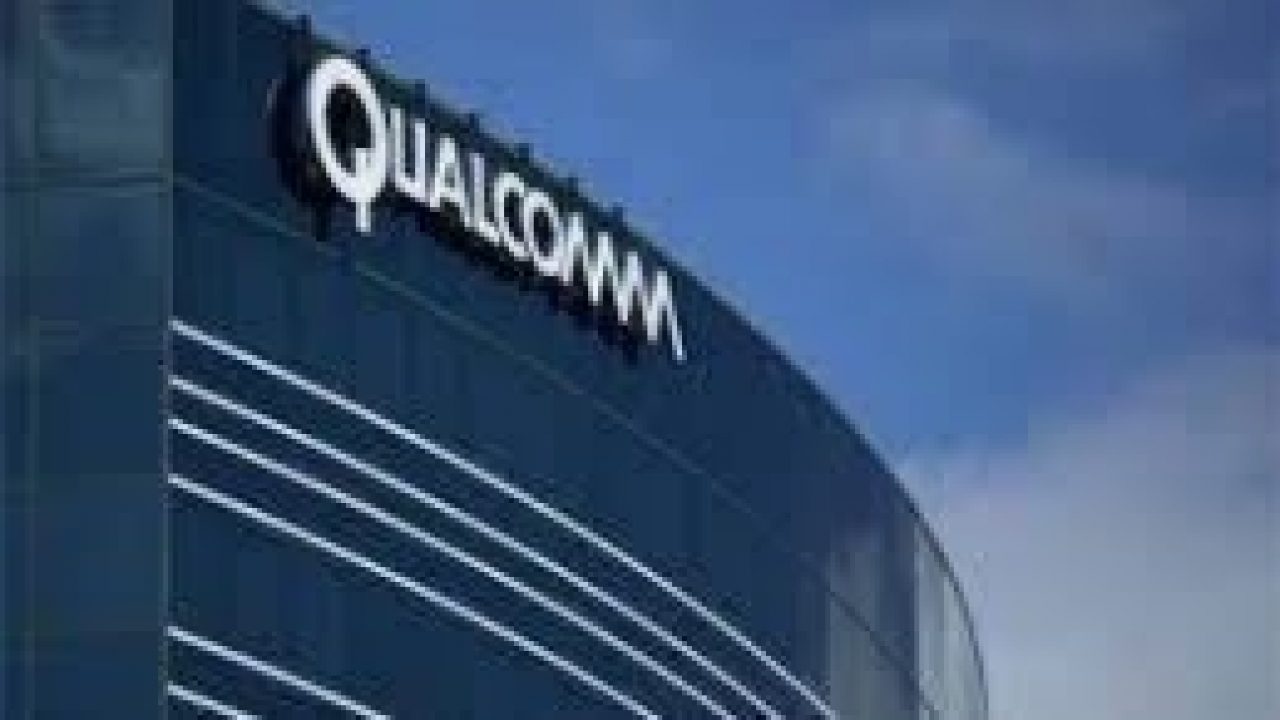Qualcomm Sheds Light on Licensing Policy With 5G Rates
Article By : Jim McGregor, Principal, Tirias Research

5G technology licensing rates, the same as the firm charged for 4G, offer perspective on Qualcomm's dispute with Apple and wireless industry grumbling.
While 5G standards are still being set by the 3GPP, two companies have now announced planned license rates for their intellectual property (IP). While this seems unusual when it is not clear which patents will be included in the final specifications, the leaders in the wireless industry typically contribute the most to the standards because of their extensive investments in wireless technology research. This includes companies like Ericsson and Qualcomm.
In March, Ericsson announced plans to license its 5G IP for $5 per handset, but indicated that this could go as low as $2.50 in emerging markets. Now, Qualcomm has also announced rates for 5G that also shed some light on other aspects of the company’s licensing model.
Qualcomm announced that it will license 5G standard essential patents (SEPs) for stand-alone mode branded phones at 2.275 percent of the wholesale price of the phone and 3.25 percent for multimode (2G/3G/4G/5G) phones. (Details are available on the Qualcomm website.) The wholesale price is defined as 65 percent of the sale price of the phone.
Additionally, Qualcomm will license its entire portfolio of patents for 4 percent for stand-alone mode and 5 percent for multimode. The SEPs are required to build a basic phone, but the entire portfolio covers the applications, operation and other features of most phones, which is why most OEMs choose to license the entire portfolio.
These are the same rates Qualcomm used for licensing 4G IP and the rates approved by the Chinese NDRC for all 4G/LTE phones sold in China. As a result, the rates have been in use and unchanged by any government regulatory agencies. This is important because the licensing rates are a key issue in Qualcomm’s dispute with Apple.
Qualcomm also publicly announced the cap on the rate for phones, which will remain at the previously establish but undisclosed amount of $500 (in other words, $16.25 per handset for 5G SEPs for multimode phones on handsets that cost $500 or more).
Apple has argued that it should not have to pay for innovation it makes to phones beyond the Qualcomm IP. With all current generation Apple phones priced above $500, especially the $1,000 iPhone X, there is little argument that Apple can charge for its innovations. Note, however, that in Apple’s case, the wholesale price is based on the cost to Apple from ODMs like Foxconn, which is lower than the wholesale price of the phone.
Additionally, Qualcomm indicated that it would have different licensing fees for other markets and applications. For example, the license rate for automotive applications is a flat $5, not a percentage based on the price of the car. NB-IoT will be licensed to IoT applications at a rate of only 50 cents. This addresses another misconception that all Qualcomm licensing rates are tied to the price of the end device.
These, however, are just the guidelines for license rates. The rate paid by each OEM may differ based on contractual negotiations. In many cases, the OEM may have valuable IP that is cross-licensed to Qualcomm or used in place of Qualcomm IP, which may lower the overall rate.
While the announcement allows OEMs to prepare for contractual negotiations over 5G IP and budget for royalties in the price of each device, the most important aspect of the announcement is the transparency it brings to the dispute between Qualcomm and Apple. Coverage of these actions has been filled with incorrect information because of the secrecy around Qualcomm’s licensing policies and rates.
Now, it is up to the market to decide if a maximum potential royalty payment of $16.25 for the thousands of SEPs or $25 for over 130,000 Qualcomm patents is too much for a premium phone ranging in price from $600 to $1,000. And is $1.63 to $2.50 too much for a $50 phone?
Given the breath of Qualcomm’s product portfolio and the fact that these rates have been established over more than a decade by the entire wireless industry, the rates do not seem unreasonable. But, with other companies like BlackBerry, Ericsson, Huawei, Intel, InterDigital, and Nokia also charging licensing fees, it is understandable how the overall royalty fees can add up and why the industry is concerned.
Even though Qualcomm has the most extensive IP portfolio, the licensing issues are about the hundreds of millions of patents that may be applicable to smartphones.
— Jim McGregor is principal at Tirias Research.
Related content:
Broadcom, Qualcomm Groked
Qualcomm Extends Offer for NXP
EC Refs Whistle Qualcomm-NXP Deal
Apple vs Qualcomm: Who Extorted Whom?
Subscribe to Newsletter
Test Qr code text s ss


